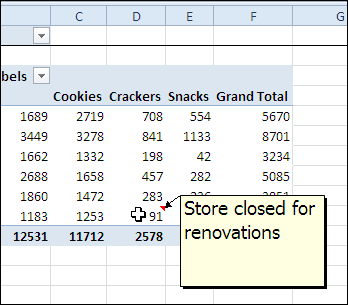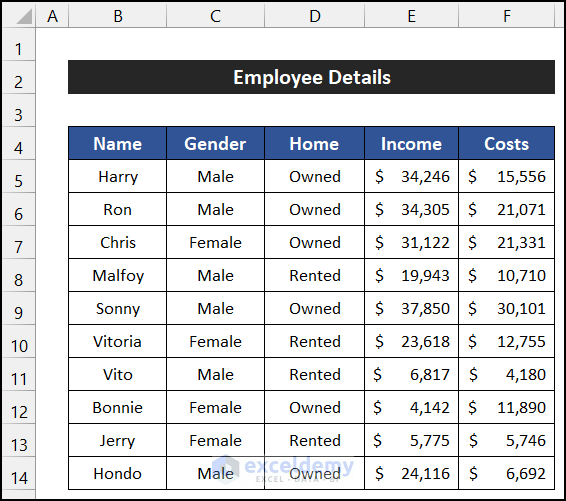
Expand or collapse the levels of data and drill down to see the details behind any total.Subtotal and aggregate numeric data in the spreadsheet.Rotate rows to columns or columns to rows (which is called "pivoting") to view different summaries of the source data.Filter, group, sort and conditionally format different subsets of data so that you can focus on the most relevant information.Summarize data by categories and subcategories.Present large amounts of data in a user-friendly way.


This rotation or pivoting gave the feature its name. Among other things, it can automatically sort and filter different subsets of data, count totals, calculate average as well as create cross tabulations.Īnother benefit of using pivot tables is that you can set up and change the structure of your summary table simply by dragging and dropping the source table's columns.

If you are working with large data sets in Excel, pivot table comes in really handy as a quick way to make an interactive summary from many records. Please Note, because this is a Microsoft Excel functionality, there would be a limit on the level of Support we would be able to provide with Troubleshooting.
#TABULAR PIVOT TABLE HOW TO#
In this tutorial you will learn what a PivotTable is, find a number of examples showing how to create and use pivot tables in Excel 2016, 2013, 20.


 0 kommentar(er)
0 kommentar(er)
